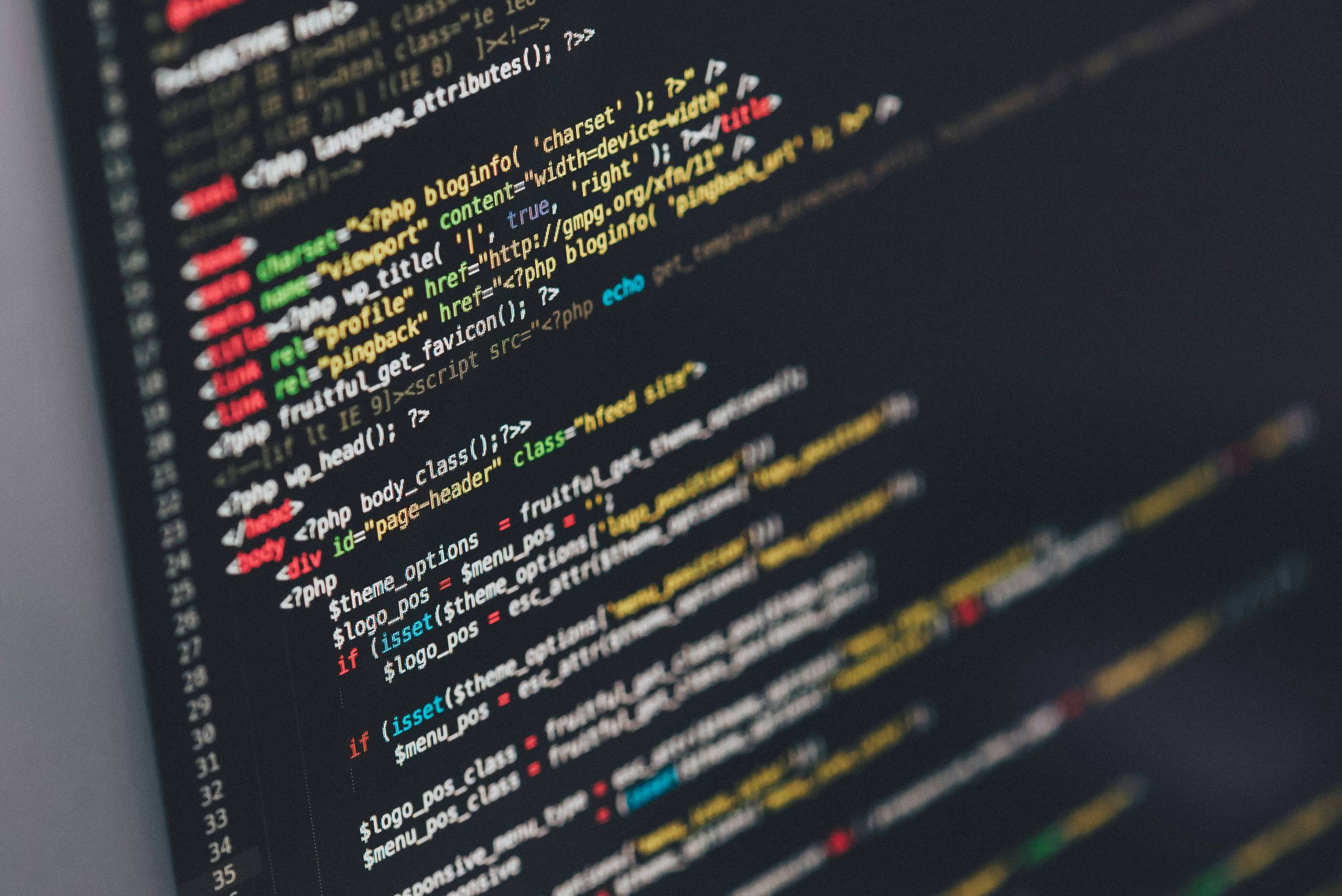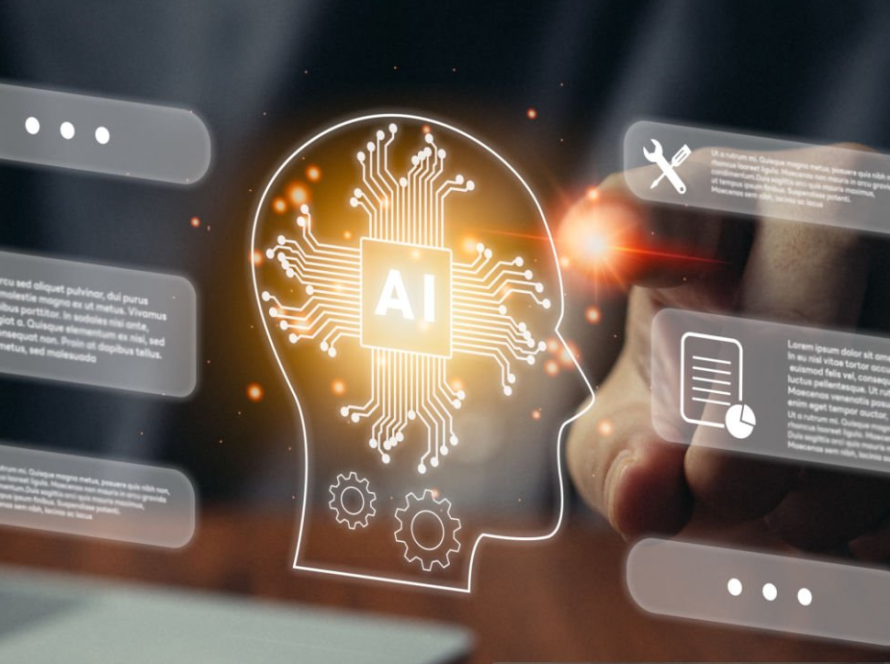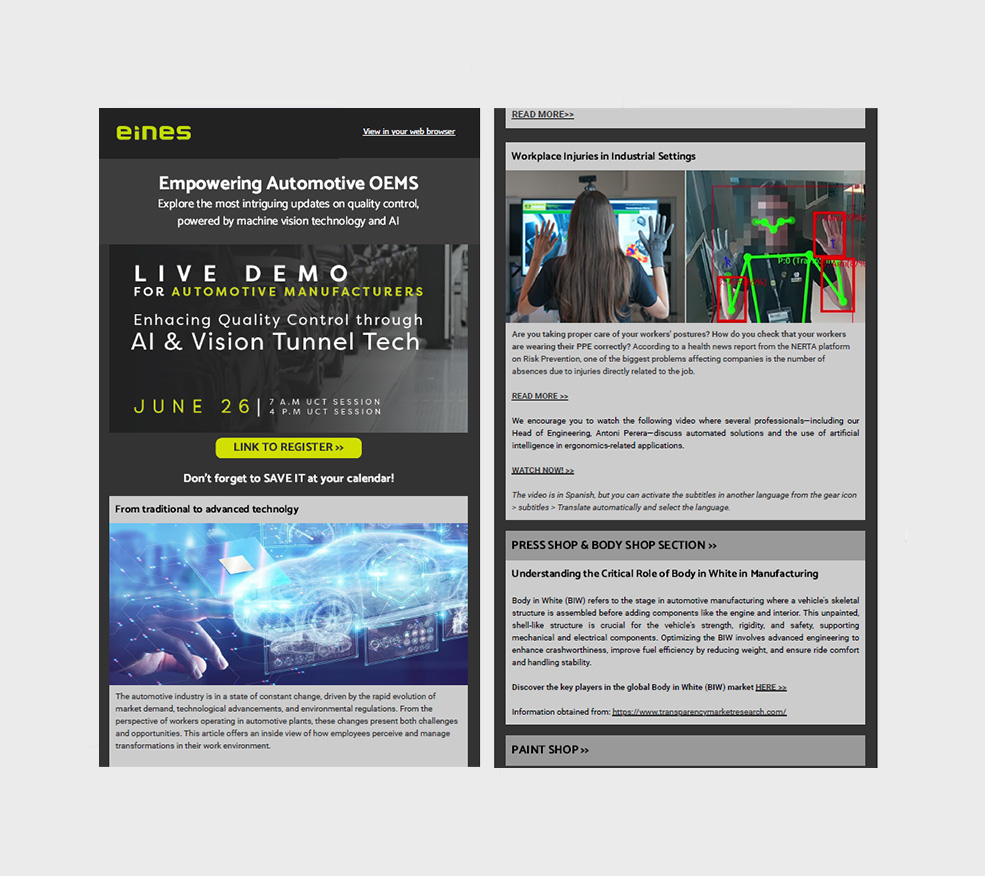CHAPTER 1
Introduction
In this series of articles, we will explore the main techniques of computer vision based on deep learning: classification, object detection, segmentation, and finally anomaly detection. Each of these technologies provides specific solutions to help machines “see.” The choice depends on the use case and factors such as the amount of training data available (e.g., OK and NOK images), the variability of defects, or the need to count how many instances of an object are present.
What is computer vision?
When we talk about computer vision, we refer to the ability of machines to interpret images in a way similar to that of humans. In the automotive sector, this technology is key to ensuring the quality of parts and processes, improving efficiency in manufacturing and assembly, and ensuring that every unit leaves the factory free of defects.
Have you ever wondered how a machine decides if a part is correct or defective?
Object classification involves labeling images based on their content. For example, imagine the back side of an instrument panel where you need to check that all the clips are correctly placed. A computer vision system analyzes each part and determines if it is “valid,” “defective,” or even if the part belongs to a basic or premium option. This process, which once required human supervision, can now be automated to save time and reduce errors.
Why has deep learning become so important for machines to “see” like us?
Deep learning is a branch of artificial intelligence that uses deep neural networks to emulate the functioning of our neurons: they receive data, process it layer by layer, and produce highly accurate results. This approach enables the detection of complex patterns with great precision, surpassing the limitations of traditional computer vision. In addition, it achieves this quickly and efficiently.
In image classification (e.g., vehicle parts), supervised learning is the most common approach. This is because it allows the system to learn from specific examples, ensuring more consistent performance in tasks where categories are well defined. The system is trained with labeled examples (such as “correct part,” “defective part,” or different classes based on their characteristics) to learn to distinguish between categories. The system becomes capable of identifying the unique features that differentiate one part from another and of ensuring that the part meets manufacturing and assembly standards.
Conclusion
In conclusion, object classification is one of the fundamental pillars of computer vision and a critical step in ensuring manufacturing quality. At Eines Vision Systems, with over 30 years of experience worldwide, we combine our expertise with the power of deep learning and state-of-the-art technologies to deliver robust and efficient solutions.
In the next article, we will look into object detection, a technology that not only identifies the “what” but also the “where,” allowing us to locate multiple components (or defects) with great precision in real time.
Written by Sergio Villanueva, R&D in Computer Vision and Artificial Intelligence






